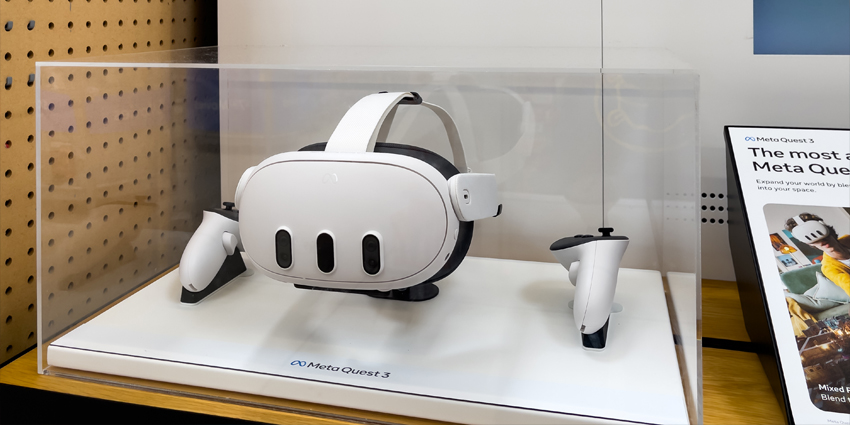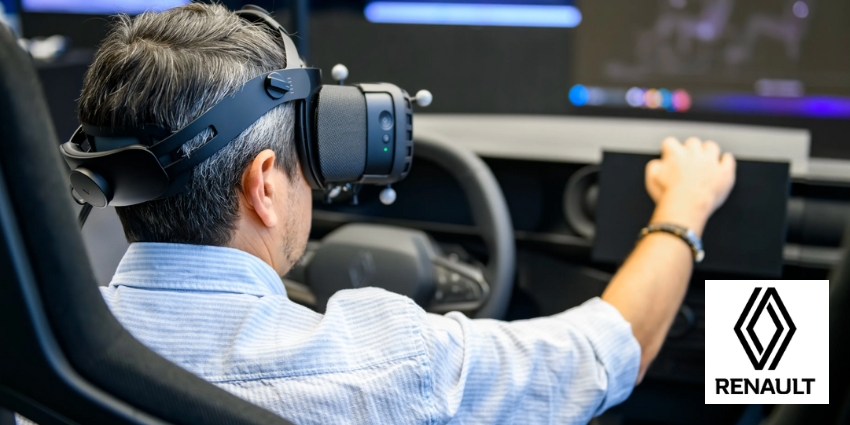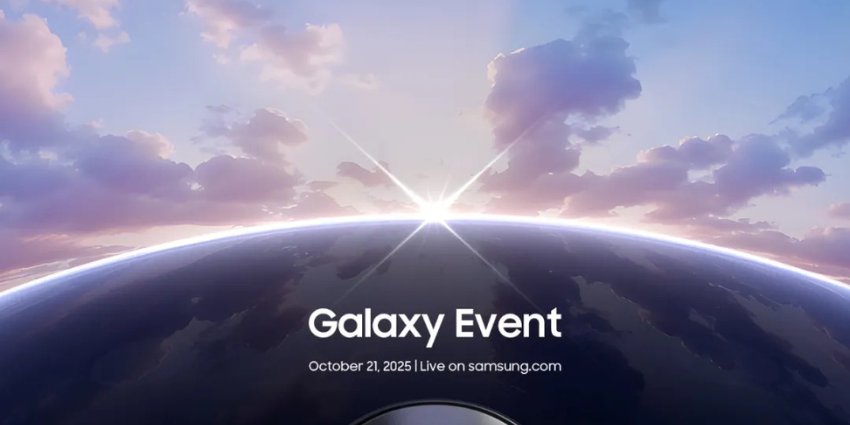In a recent report, IDC highlighted the sharp decline in global shipments of augmented and virtual reality (AR/VR) headsets over the first quarter of 2024.
The report showed that shipments dropped by 67.4 per cent year over year in Q1. Notably, the drop mainly affected VR headsets, with potential customers looking for MR/AR devices instead.
Jitesh Ubrani, a Research Manager at Worldwide Mobile Device Trackers, IDC, noted that new mixed reality/spatial computing devices are leading to the decline of VR headsets. He said the market should expect “strictly virtual reality headsets to fade in the coming years.”
The IDC representative also forecasts that XR brands and developers will “devise new hardware and experiences to help users eventually transition to augmented reality further down the line.”
Jitesh Ubrani also added:
Extended reality displays are set to garner consumer attention as they offer a big screen experience today while incorporating AI and heads-up displays in the near future.
However, the report noted that as sales declined, the average selling price increased by over $1000, partly due to Apple Vision Pro. Since the Quest 2 market takeover in 2020, prices of multiple consumer headsets have increased incrementally.
Apple Vision Pro Driving Sales Prices
Ramon T. Llamas, a Research Director with IDC’s Augmented and Virtual Reality Team, explained that Apple Vision Pro drove prices for the overall MR headset market, while lower-cost devices from brands such as Meta and HTC are balancing financial accessibility to MR hardware.
Llamas also forecasted that MR headset costs will decrease over time, noting that the MR device marketplace is still in its early stages. ” With more expensive first—and second-generation devices, prices will be high even as early adopters buy them. In order to reach scale in the mass market, vendors will need to reduce prices on later and upcoming devices,” he remarked.
In Q1 of 2024, Meta once again led the market with its popular Quest portfolio. The report also showed how Apple has quickly advanced to the second top-selling vendor, overtaking industry veterans such as ByteDance, Xreal, and HTC.
Ubrani noted that Apple’s marketplace debut—which has been expanded internationally since WWDC—alongside a strengthened broader vendor ecosystem “adds pressure” to Meta’s lead. However, Ubrani explained, “Meta’s lead will likely remain unchallenged during the year as the company’s low-cost, high-volume strategy will separate it from the rest of the pack.”
XR Headset Adoption Expected to Rise
Despite the sharp decline in headset sales, the forecast remains positive over time.
With the starting entry price for MR headsets expected to decrease, audiences potentially looking to move from VR to MR/AR devices, and new mass-market products, the IDC expects the headset shipment volume to increase with an annual growth rate (CAGR) of 43.9 per cent from 2024 to 2028.
Moreover, despite a drop in consumer-facing devices, separate reports highlight an increased use of XR devices in enterprises. The reports also show that the increase in enterprise XR devices is equally growing.
An independent survey conducted by HTC VIVE, titled “XR Applications in the Financial Industry,” involved approximately 400 financial services professionals to examine the usage of XR in the sector. The survey revealed that about 92 per cent of financial professionals had experienced a positive return on investment from XR. Moreover, 82 per cent of the respondents believed that their firms would incorporate XR technology within the next five years.
The survey also highlighted that 84 per cent of financial professionals noticed a positive impact on their workforce’s skill development by integrating XR into training programs. Additionally, 80 per cent of them believe immersive technology enhances general operational efficiency.
In addition, Dimension Market Research released a report outlining future growth forecasts for the augmented and virtual reality market in healthcare, predicting significant acceleration in the sector in the coming years.
The report by Dimension Market Research suggests that the global AR/VR healthcare market is expected to reach $19.6 billion by 2033, with a corresponding 20.2 per cent CAGR. The report notes that the current 2024 market value is $3.7 billion, indicating a projected increase of approximately $15.2 billion. Notably, the North American AR/VR healthcare market is leading the sector’s growth, securing 51.1 per cent of the market’s revenue in 2024.
According to Dimension Market Research, the region’s growth is propelled by increased technology adoption, substantial R&D investments, and government support, all of which drive industry adoption.







